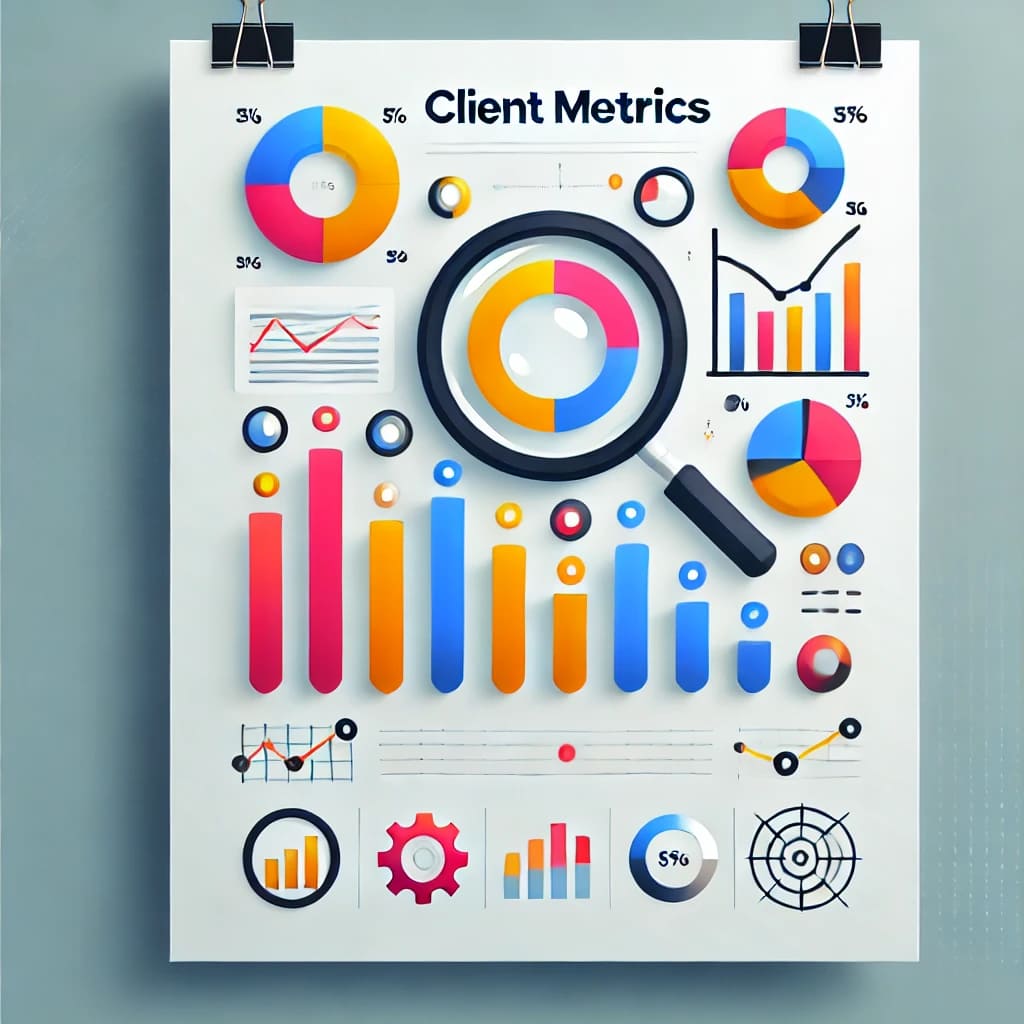Introduction
This article focuses on one of the most critical aspects of client management: building long-term relationships. For small businesses, a long-term relationship with a trusted marketing agency can be a game-changer. This article aims to guide you through the transition from project-based work to establishing long-term relationships and generating recurring revenue.
The Importance of Long-Term Relationships
Why It Matters
- Client Retention: It’s far more cost-effective to retain a client than to acquire a new one.
- Recurring Revenue: Long-term relationships often lead to more predictable and stable revenue streams.
- Referrals: Satisfied long-term clients are more likely to refer new business.
- Strategic Partnership: Over time, you can move from being a service provider to a strategic partner, deeply involved in the client’s business strategy.
The Challenges
- Complacency: The risk of taking long-term clients for granted.
- Scope Creep: The tendency for the project’s scope to expand beyond initial agreements without corresponding increases in budget or timelines.
Transitioning from Project-Based to Long-Term
Steps to Transition
- Deliver Exceptional Service: Consistently meet or exceed expectations in your project-based work.
- Open the Conversation: Discuss the possibility of a long-term relationship well before the project ends.
- Offer a Retainer or Subscription Model: Present a pricing model that benefits both parties.
- Provide a Roadmap: Show them the long-term strategy and how you can help achieve it.
Contractual Considerations
- Service Level Agreements (SLAs): Define the level of service the client can expect.
- Retainer Terms: Specify the scope, deliverables, and pricing in a retainer agreement.
Relationship Maintenance Strategies
Regular Check-ins
- Quarterly Business Reviews: Assess the past quarter’s performance and set goals for the next quarter.
- Client Surveys: Use surveys to gather feedback and identify areas for improvement.
Upselling and Cross-Selling
- Identify Needs: Keep an eye out for additional services that could benefit the client.
- Soft Pitch: Introduce these services subtly and show how they align with the client’s goals.
Metrics to Monitor
- Client Lifetime Value (CLV): The total revenue a client generates over the entire span of their relationship with your agency.
- Net Promoter Score (NPS): Measures client satisfaction and loyalty.
- Churn Rate: The rate at which you lose clients, which should be minimized.
Conclusion and Takeaways
Building long-term relationships with small business clients is not just beneficial but essential for sustainable growth. This article has provided you with actionable strategies to transition from project-based work to long-term engagements effectively. The key is to consistently deliver value, communicate openly, and adapt to the client’s evolving needs.



